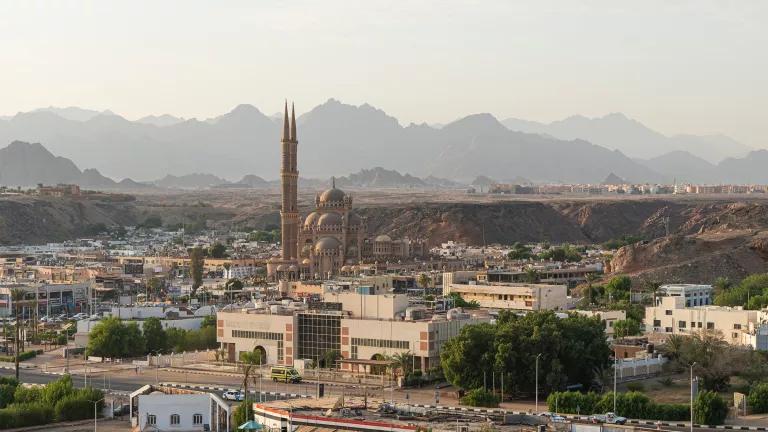Building Efficient Cities: Strengthening the Indian Real Estate Market Through Codes and Incentives

India's rapid development brings the country to an historic crossroads: to build using the typical old approaches, resulting in unprecedented increases in energy use and related greenhouse gas emissions, or to lead the market and shift to energy efficient strategies, enabling growth and constructing cleaner, healthier cities for the future.
According to new analysis by NRDC and the Administrative Staff College of India, stronger building efficiency codes and ratings programs such as Leadership in Environment and Energy Design (LEED) and Green Rating for Integrated Habitat Assessment (GRIHA) in India's commercial buildings would create enormous energy and cost savings by 2030. If states across India adopted the Energy Conservation Building Code (ECBC) and developers participated in strong programs for rating commercial buildings, an estimated 3,453 TWh of cumulative electricity could be saved by 2030, the equivalent of powering as many as 358 million Indian homes annually between 2014 and 2030 based on the current annual consumption level for electrified households.
Additionally, 1,184 million tons of CO2 emissions could be avoided by 2030, equivalent to the annual emissions from more than 17 coal-fired power plants (500 megawatts each) over the same period of time. As these huge potential savings demonstrate, widespread adoption of the ECBC in Indian states and greater participation in ratings programs could provide powerful energy savings as demand rises, while fighting climate change.
Developers, building owners, tenants, banks, and policymakers are essential to achieving the benefits of energy efficiency: reduced energy use, cost savings, increased worker productivity, higher asset value, and market advantage. Stakeholders across the buildings market can work together to ensure that sustainable and efficient cities become a reality in India.

